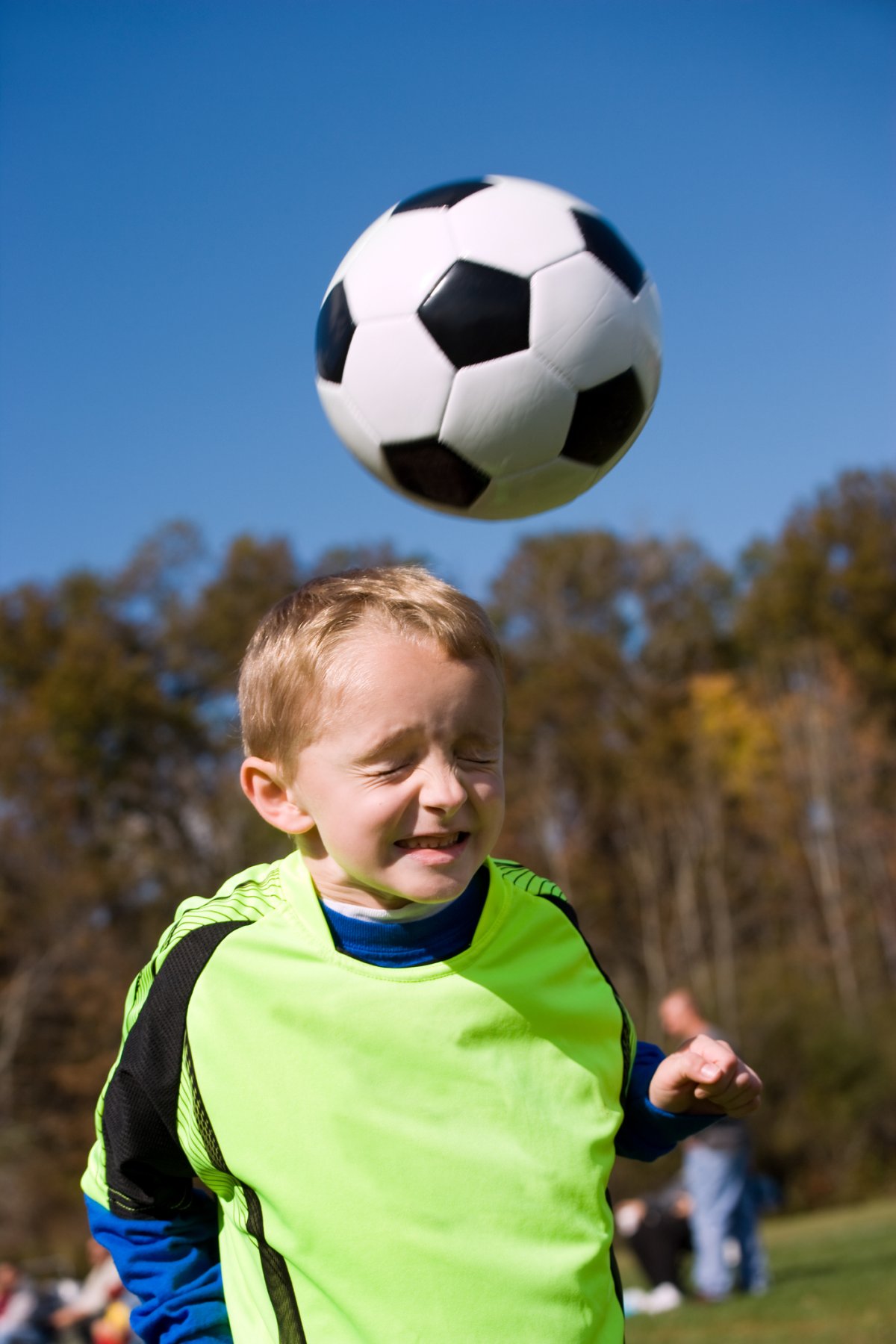When we think about concussions in children, we often think about injuries related to sports like hockey or football. But experts say they can happen anywhere — even if a child bangs their head at school or home.

At school, a concussion can happen at any number of places, including fields, rinks and gyms. A student can easily slip on ice or clash with another student during gym class and that could be the recipe for disaster.
Thankfully, experts say there have been a number of initiatives in Ontario that educate children and adolescents about concussions and its signs and symptoms.
Rowan’s Law is the perfect example of that. Inspired by the death of Rowan Stringer, a 17-year-old teenage rugby player who died in 2013 following numerous concussions, the act was put into place to help create and require concussion management and safety protocols across the province.
Unfortunately, even with Rowan’s Law, concussions still happen regularly and they’re often not taken seriously.
Further to that point, despite efforts around educating parents, players and teachers about the injury, myths around the injury still exist. Here are four of the most common ones.
Myth 1: A concussion is not a serious injury
Concussions are described as traumatic brain injuries. “A concussion can occur when the brain moves around inside the skull, usually as a result of trauma” said Adam R. Little, a partner with Oatley Vigmond, a personal injury law firm based in Toronto and Barrie.
He adds a concussion can happen in any number of ways— direct contact in sport, being hit by a ball, a car crash, falling on ice and more.
Concussions can lead to a number of problems, including headaches, difficulty with concentration and retaining memory, as well as balance and coordination. These effects are usually temporary and most people fully recover from them, but there are more severe instances.
“When you’ve got multiple head injuries or secondary head injuries that aren’t treated, concussions can be fatal. People often don’t realize that,” Little said.
Myth 2: You can tell if someone has a concussion
Concussions are an invisible injury. “We found there needed to be a quite a bit of education with respect to academic education around concussions,” Kourtis explained.
“It’s not necessarily with the physical education teachers who are living with concussions, but with the other teachers who think the child looks okay enough to take a test for example. I think what a concussion looks and feels like is a myth.”
There are a number of symptoms associated with concussions, both physical and emotional. Obvious signs include vomiting, slurring speech or losing balance and coordination. But there are also less definitive signs like fatigue, headaches, irritability or mood swings.
Myth 3: Recovery only takes a month
Kids see that professional hockey players like Sidney Crosby come back to play post-concussion after only taking six games off. But this doesn’t mean the average person returns to life after concussion that fast.
“Even if it’s the same sport, you can’t treat those two people with a concussion the same. Everyone recovers differently,” adds David Pagniello, a health, physical and outdoor education teacher with the Toronto Catholic District School Board.
Some people also develop post-concussion syndrome, meaning some symptoms like headaches and dizziness can last for months, even more than a year. Often, particularly in athletics, returning to a normal life whether it be academics or athletics, involves a number of clearances with a physician and school administration first.
Myth 4: Concussions always involve black outs
“This is the biggest myth out there, that ‘I didn’t black out, lose consciousness or ‘see stars,’” Kourtis added.
In fact, it can be more than just a blow to the head. “It can be a jarring impact of the body too that causes concussion,” Pagniello said.
While hits to the head, face or neck are more likely to be suspected of triggering a concussion, the blow to the body only has to be hard enough to jar the head or shake the brain.
That said, educating parents, children and teachers about concussions does seem to have a positive effect.
“Even five years ago, a lot of parents would say their kids were ready to return after a concussion when the child wasn’t. The paperwork would be signed, but the teacher knew the kid wasn’t ready,” Kourtis said. “Now it rarely exists because there’s been more education out there.”
If you have concerns over a concussion your child has incurred and want to discuss the case further, reach out to Oatley Vigmond LLP. A personal injury lawyer can advise you on your legal rights. Click here to learn more.




